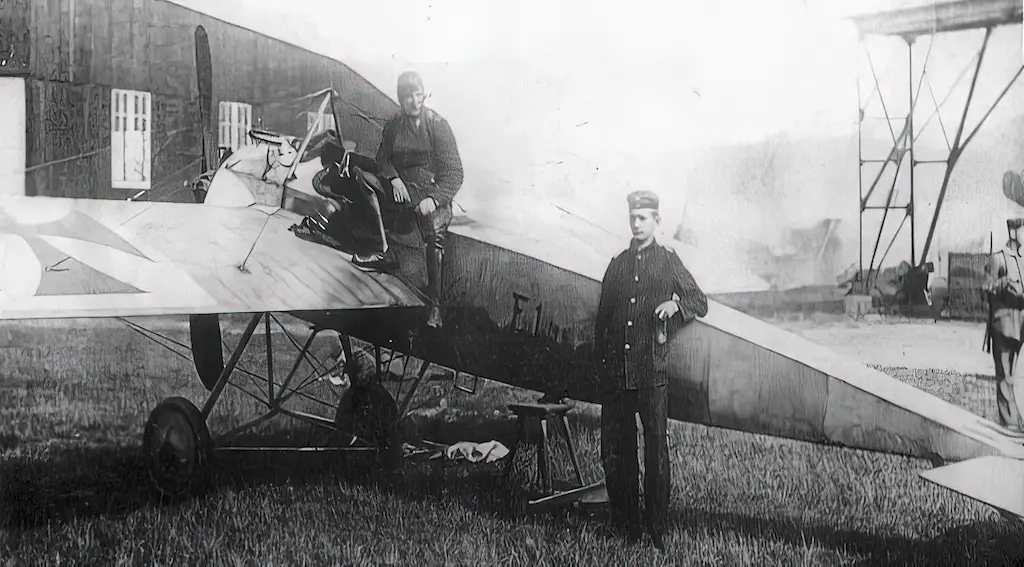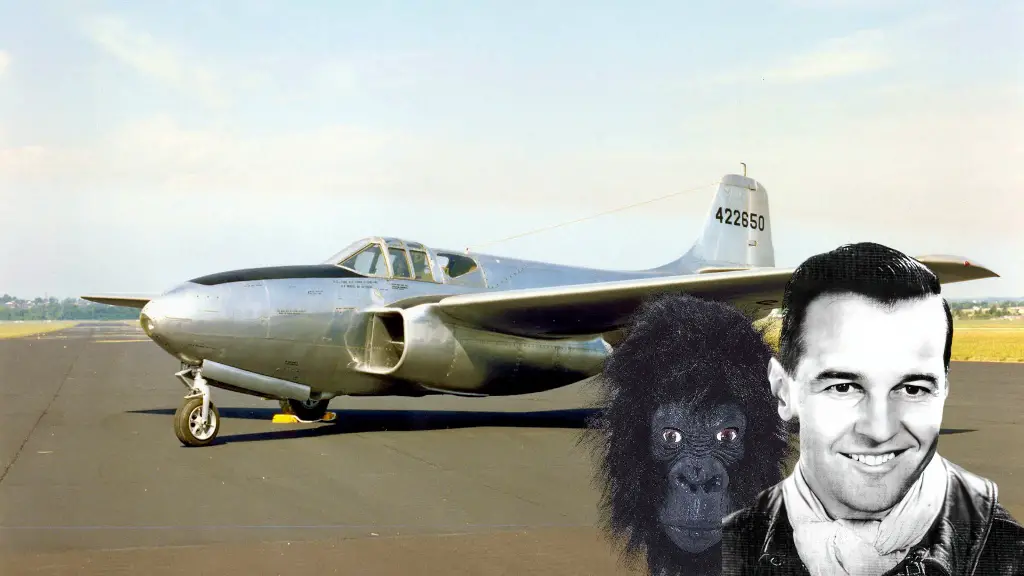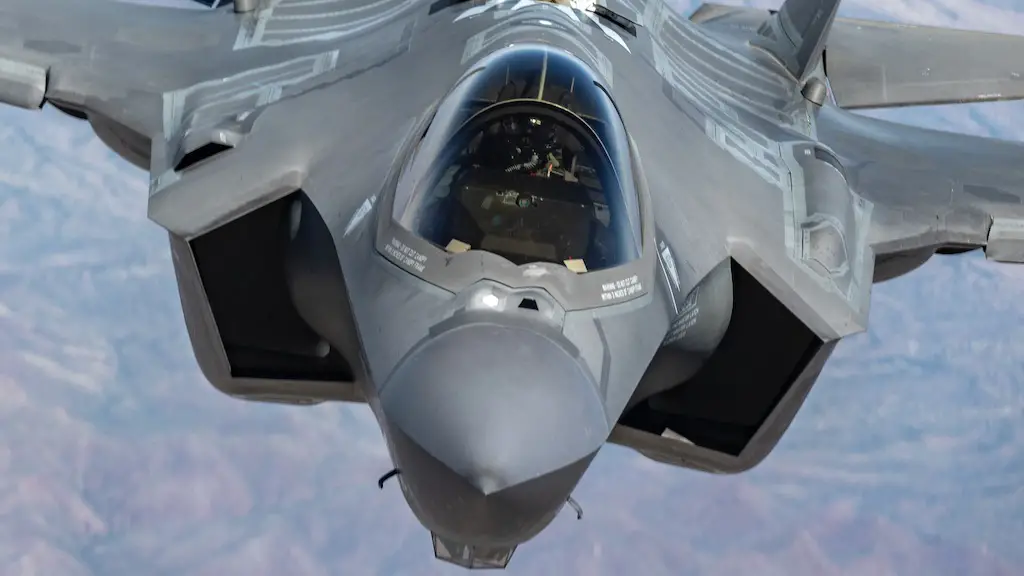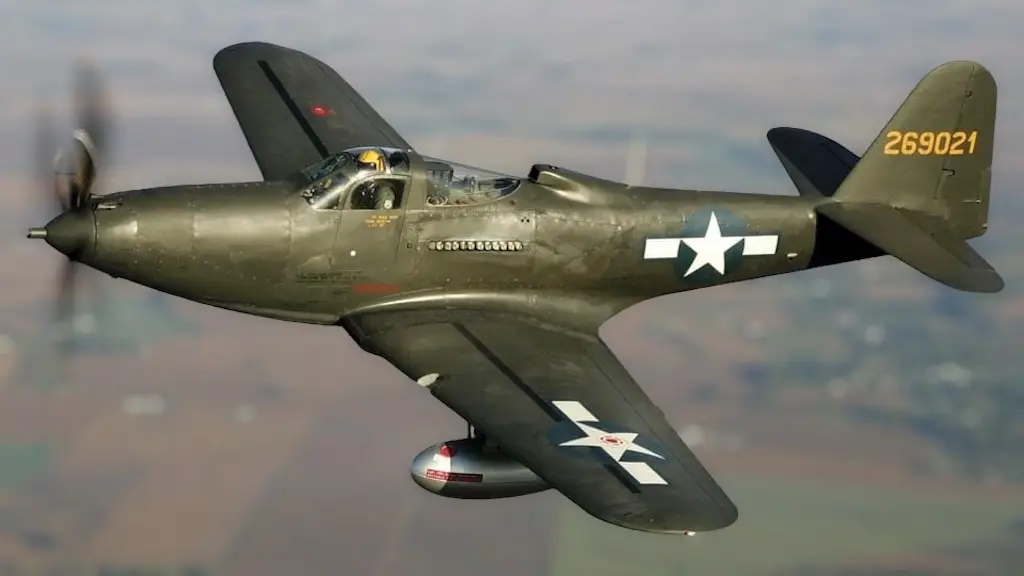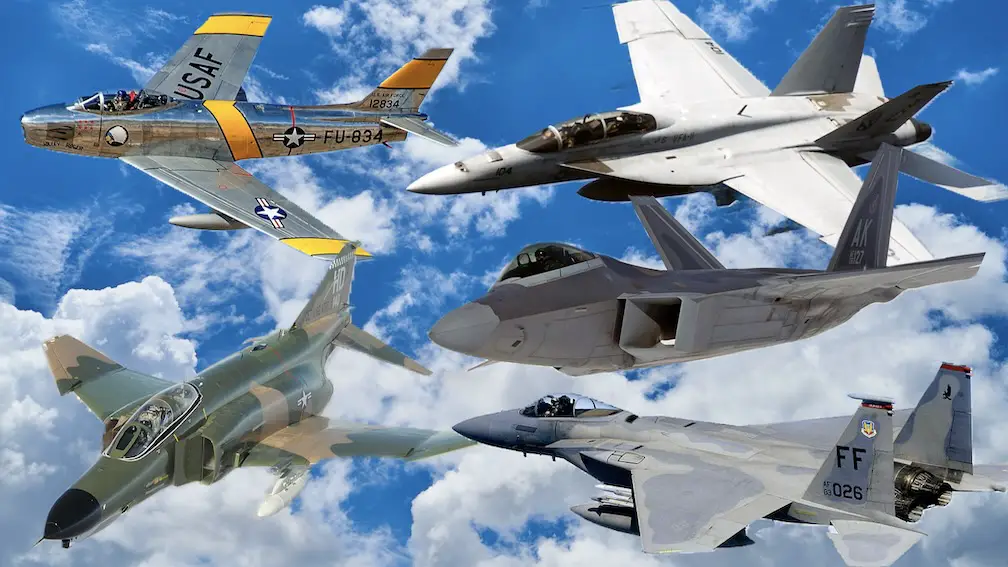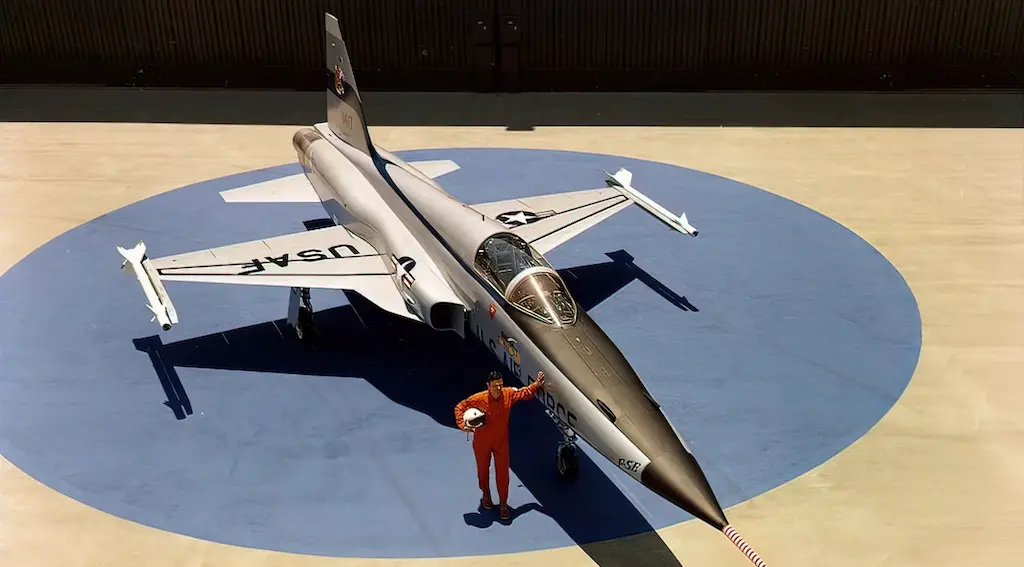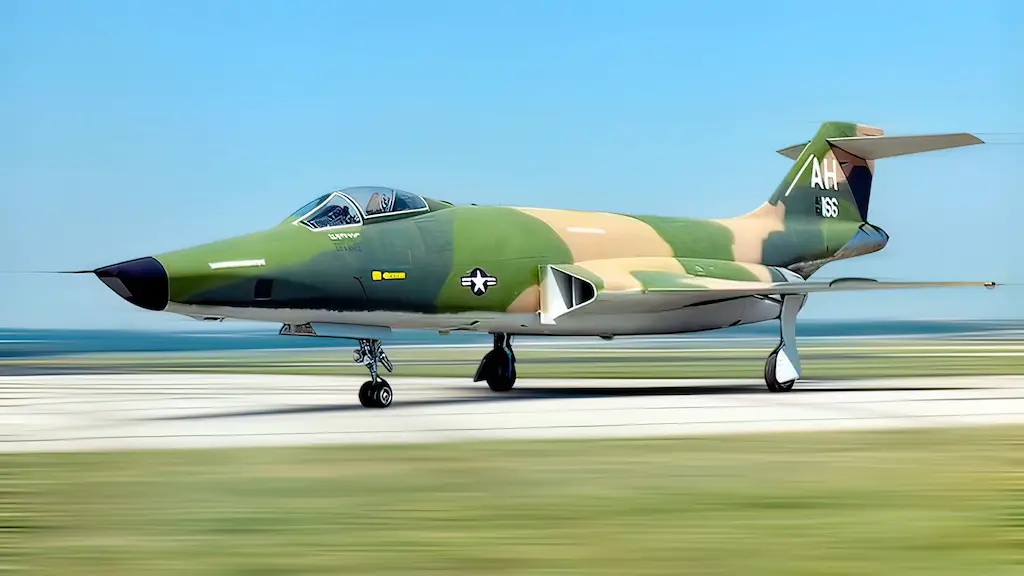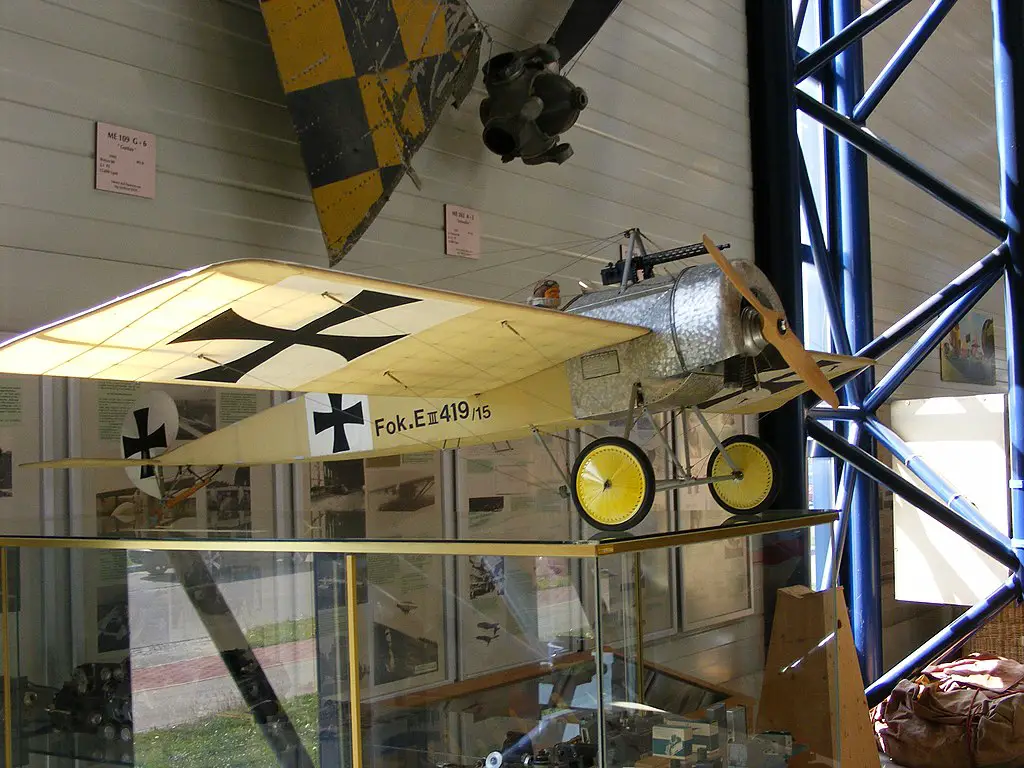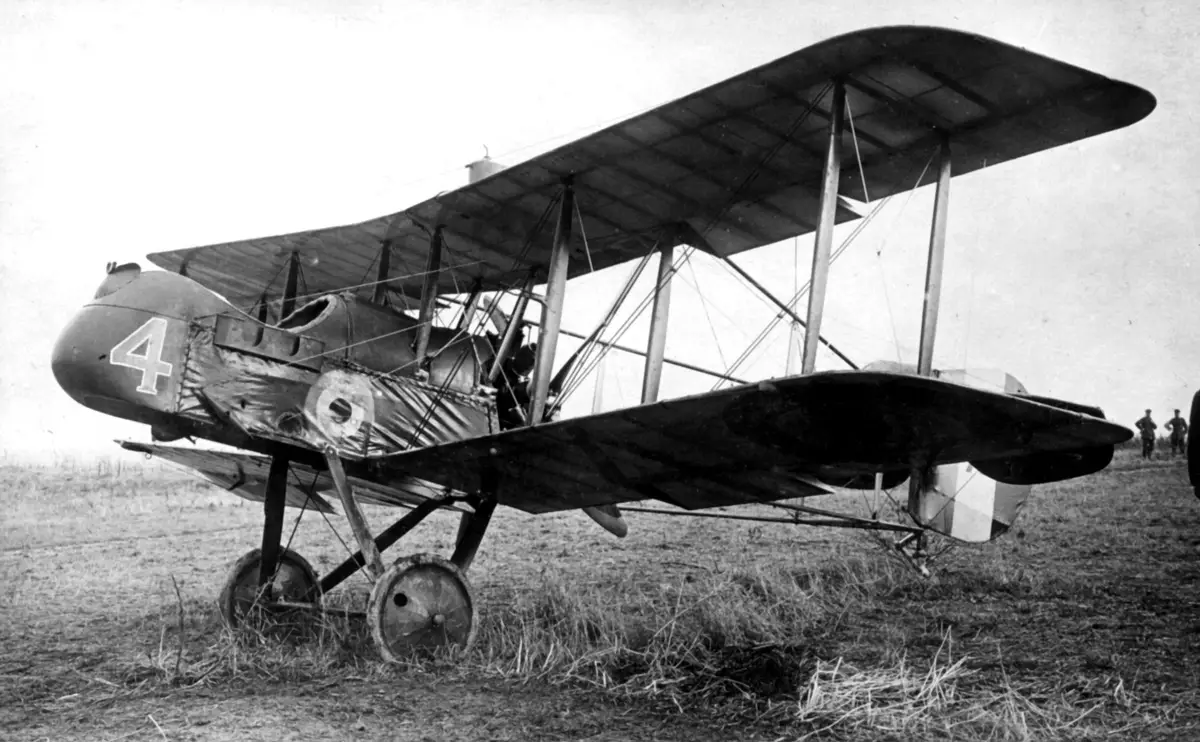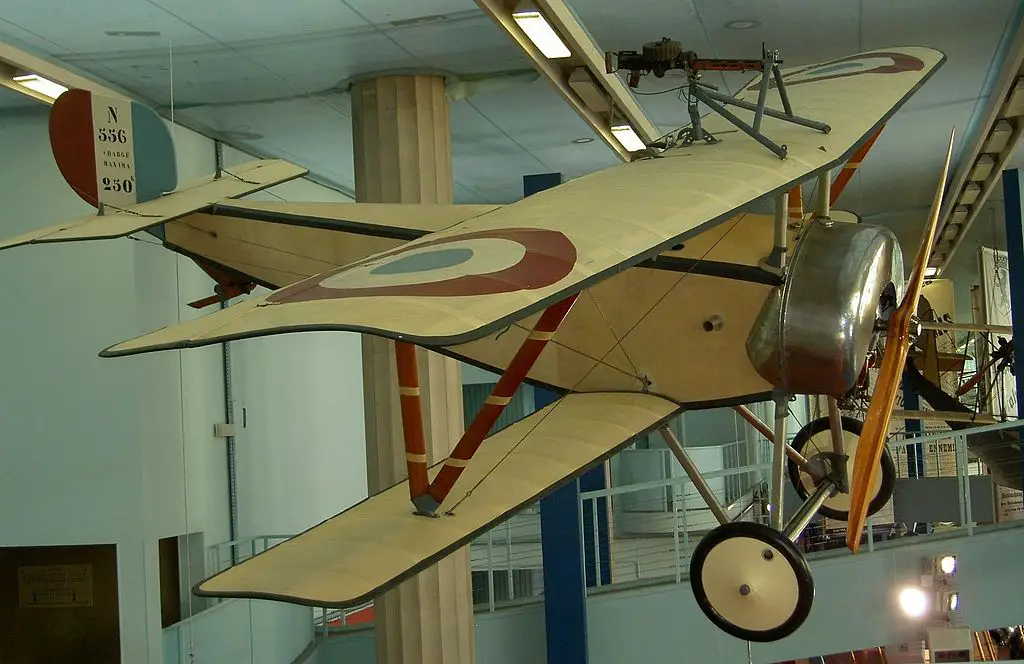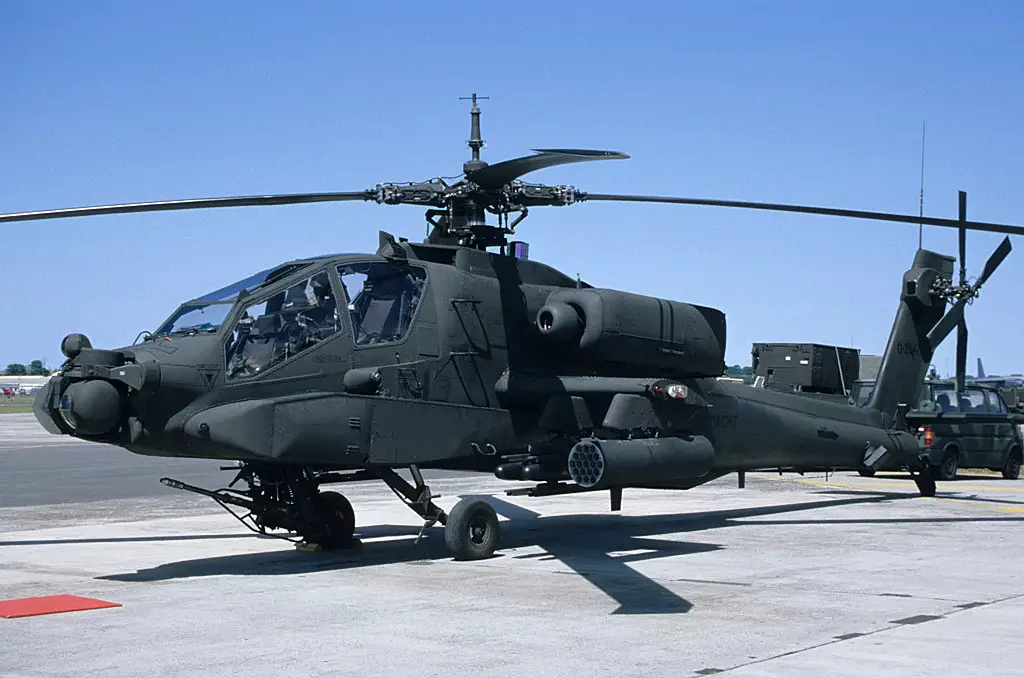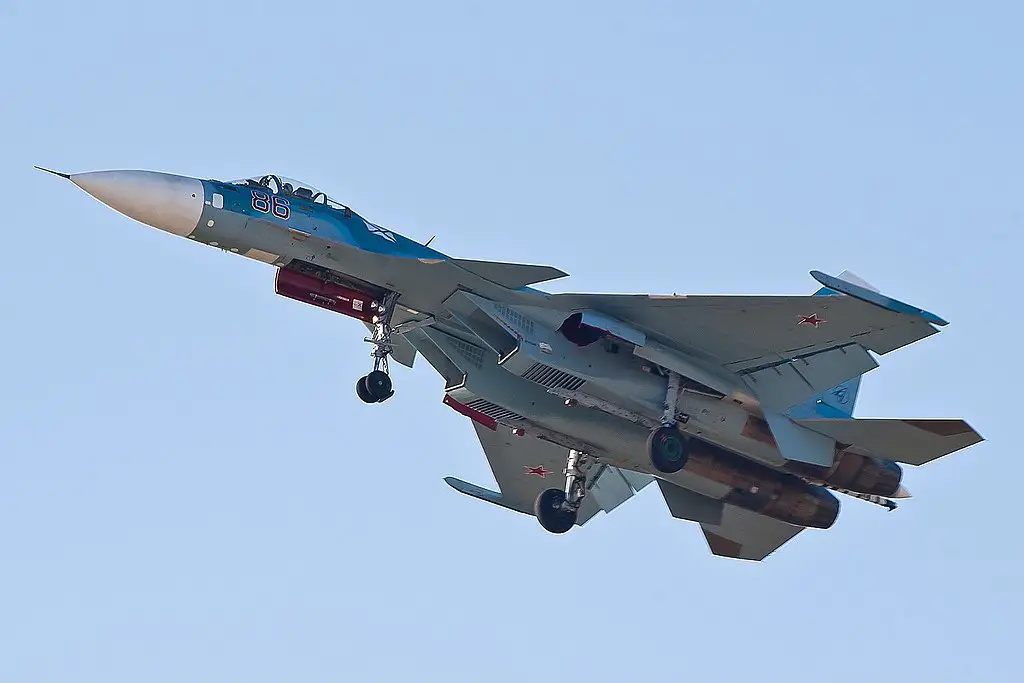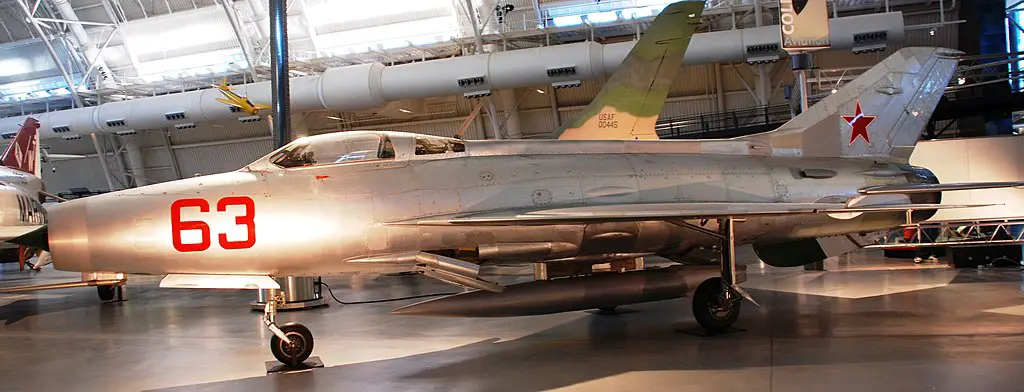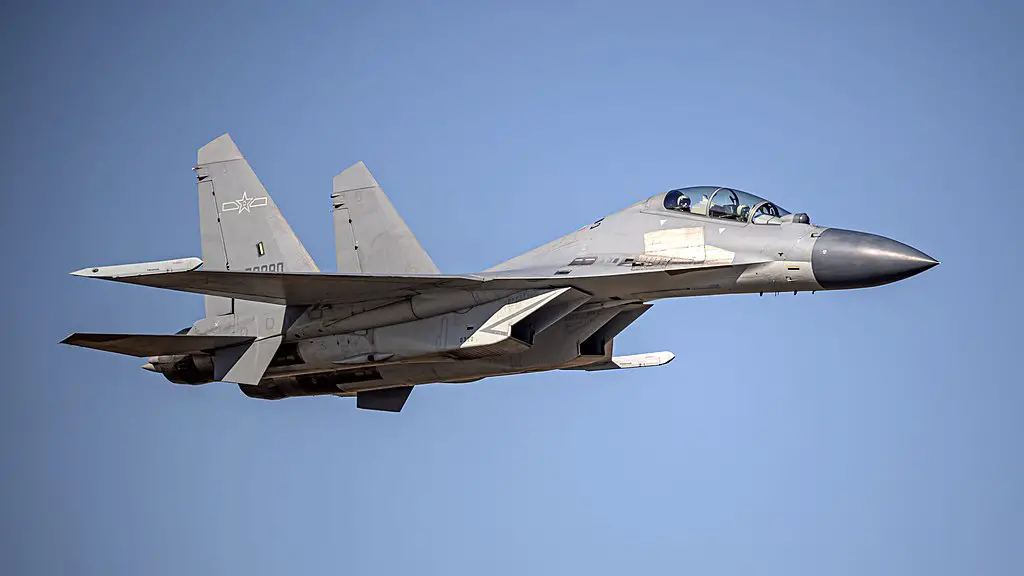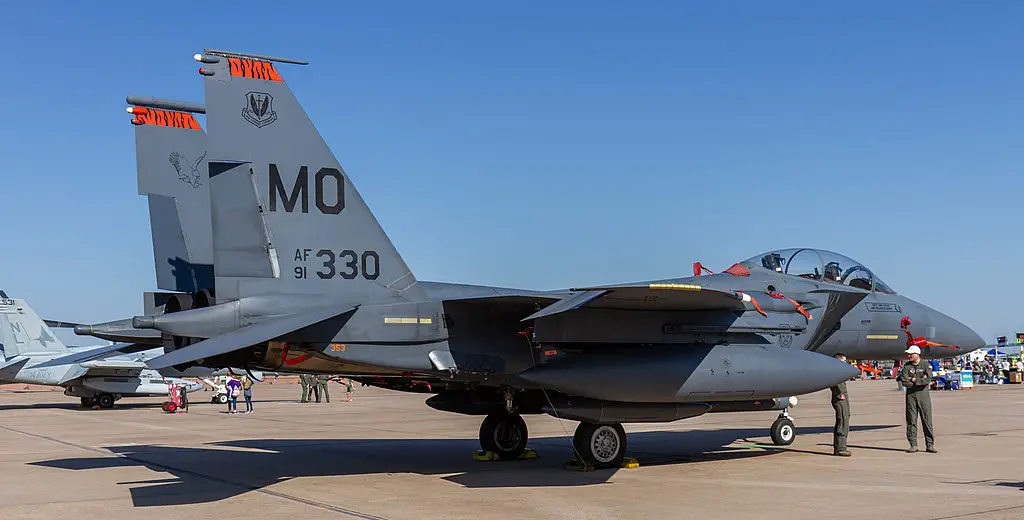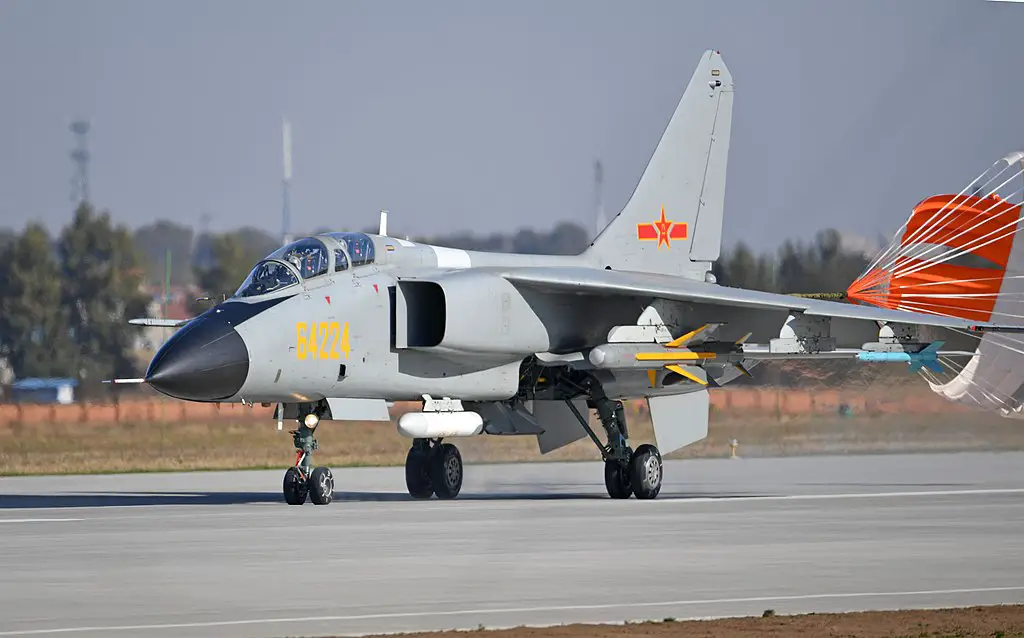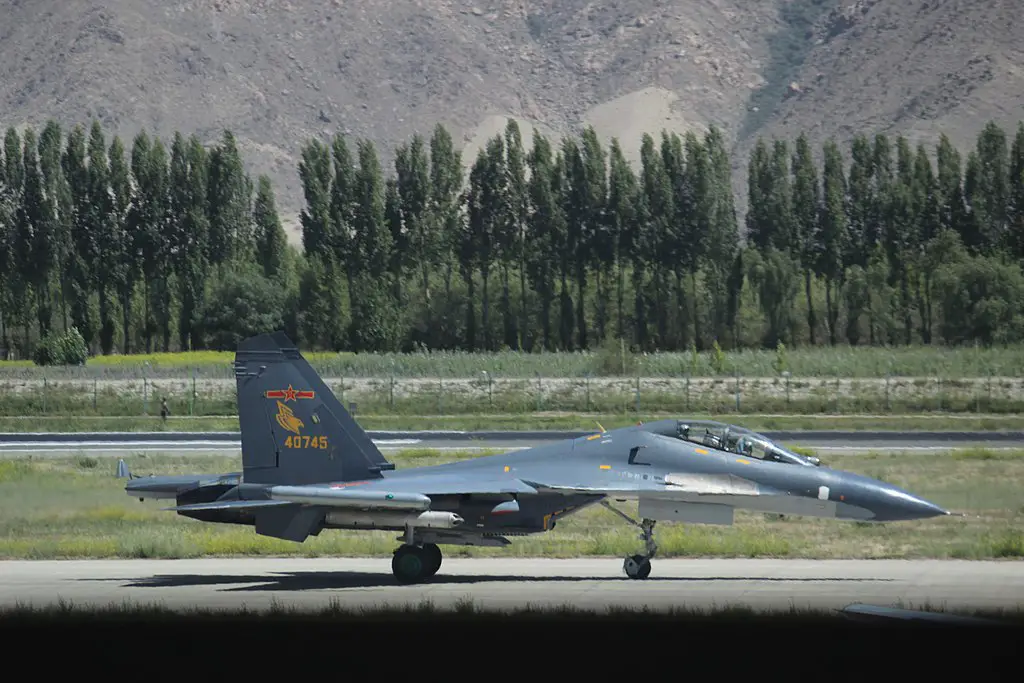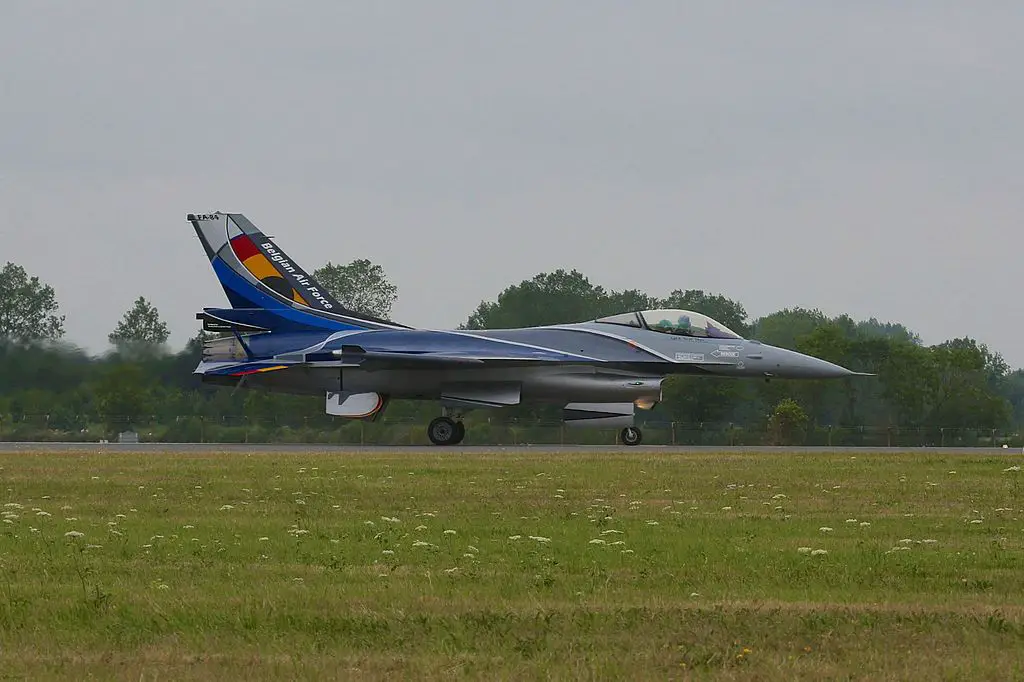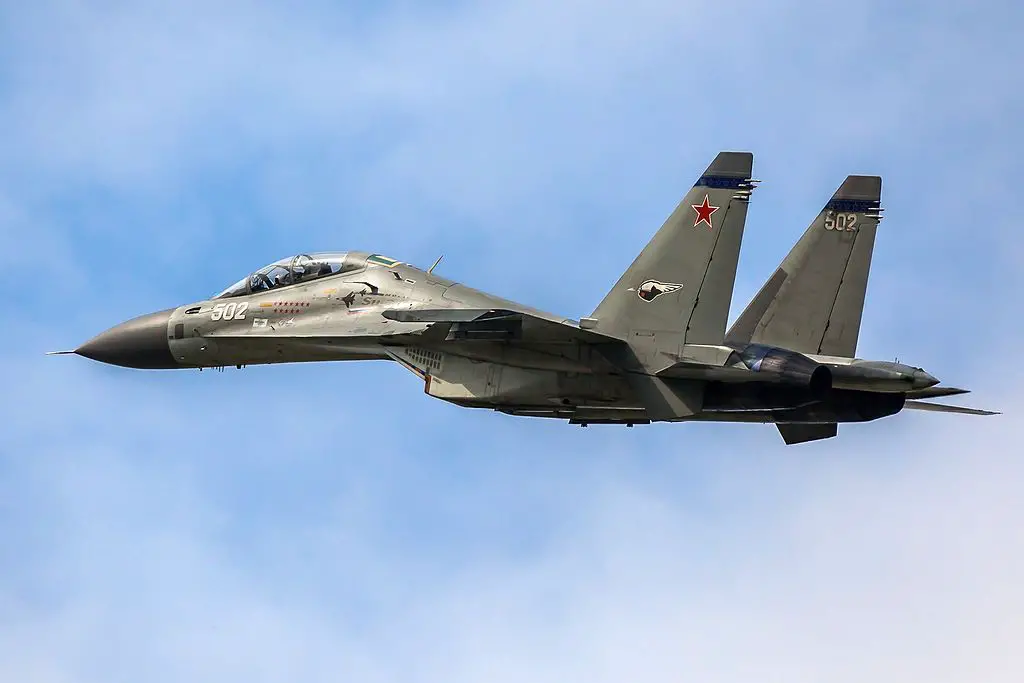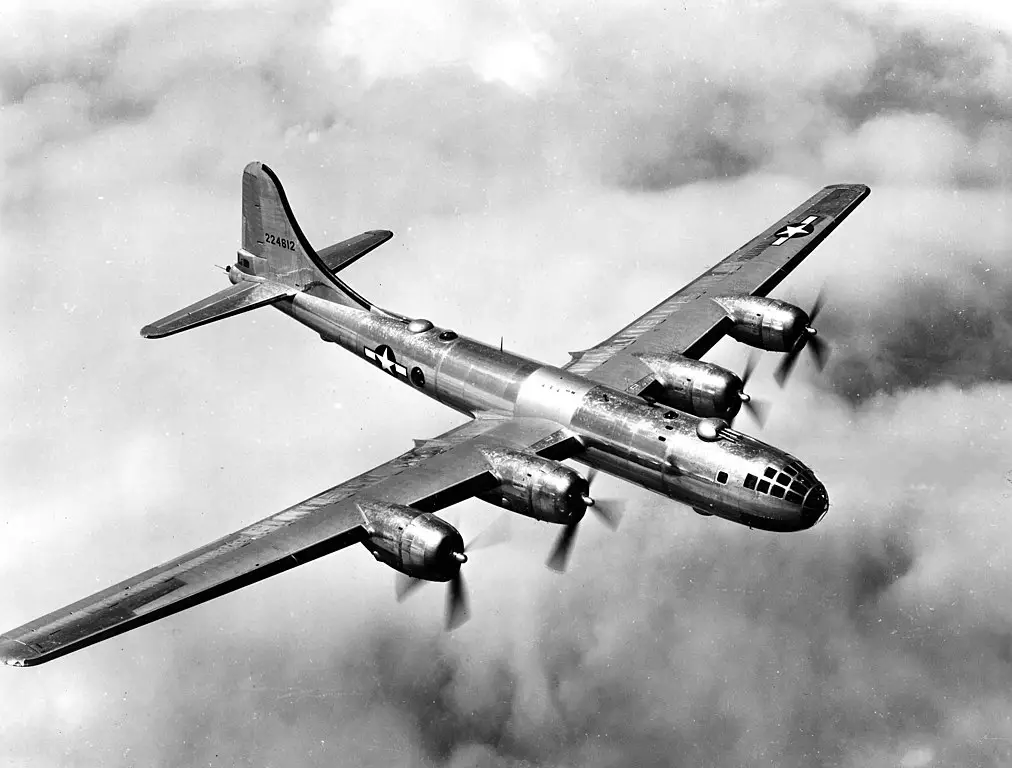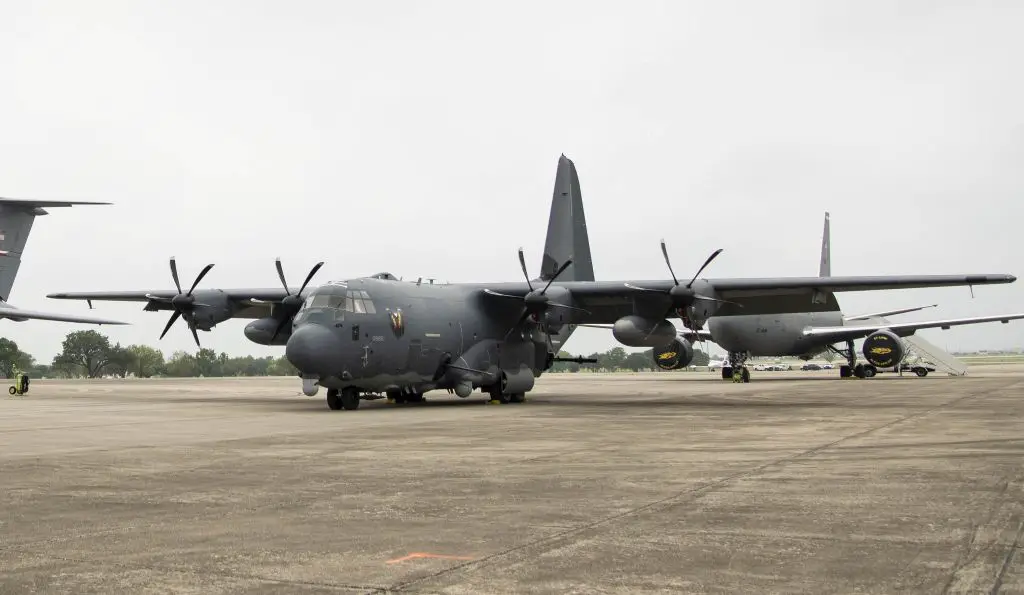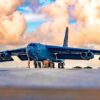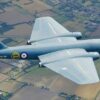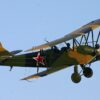Since the First World War, aircraft have been critical in winning significant battles. They can not only offer fire support from the air, but they can also do reconnaissance missions. As history has demonstrated, not all fighters, biplanes, and jets are created equal, and the forces with the most sophisticated technology usually win conflicts. The following is a list of the eight most deadly airplanes ever to fly.
Boeing AH-64 Apache
The most deadly aircraft aren’t always jets or fighters. While helicopters were initially used to transport troops in combat, they have grown increasingly dangerous over time. The Boeing AH-64 Apache is often regarded as the deadliest helicopter ever created. It was initially used during Operation Just Cause, the American invasion of Panama, and was dubbed the “flying tank.” During this time, it mostly flew attack flights over various targets at night.
The helicopter entered service with the US Army in 1984 and has since been exported to Egypt, Greece, Israel, India, Singapore, the Netherlands, Japan, Saudi Arabia, Qatar, the United Arab Emirates (UAE), and the United Kingdom (UK).
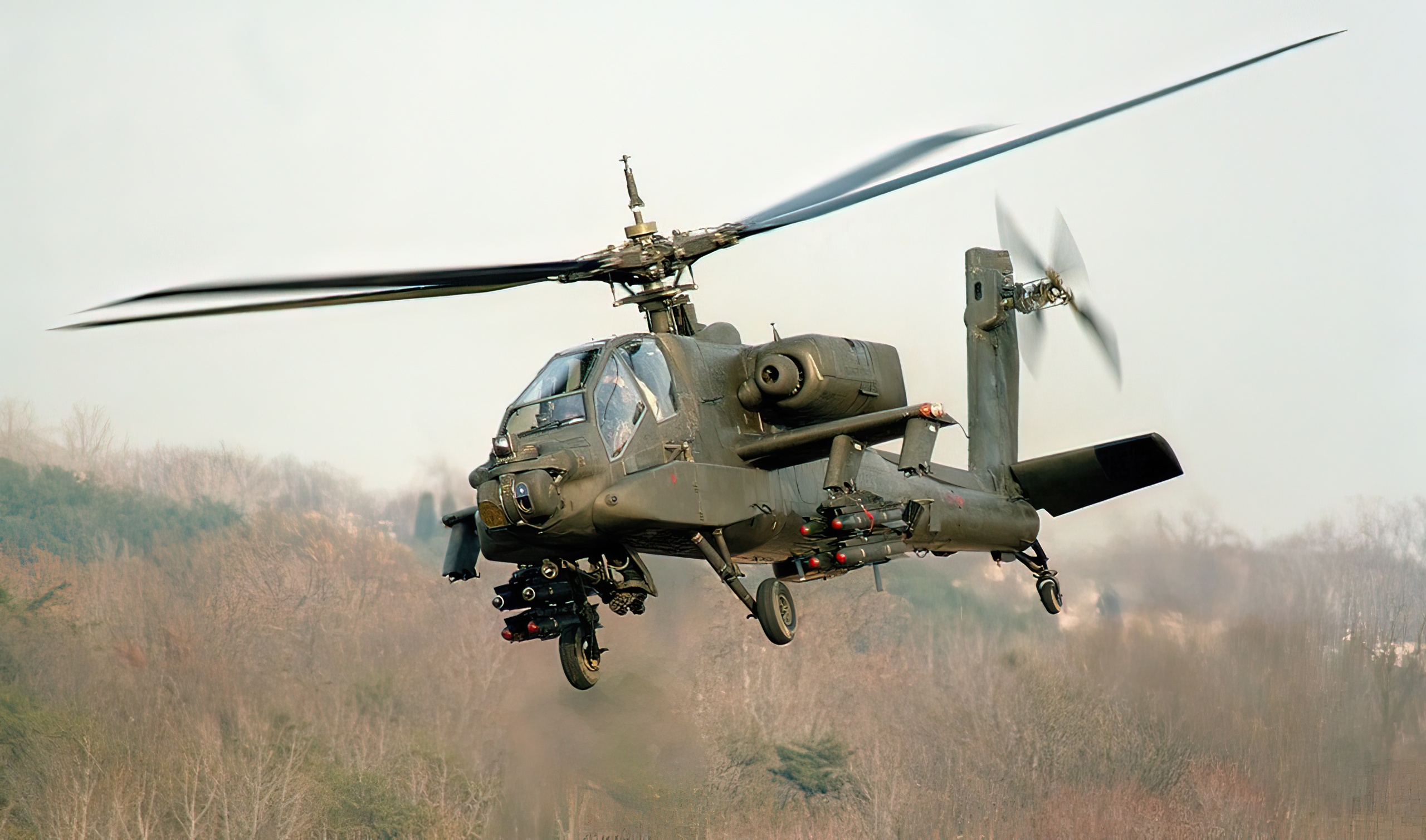
Boeing has supplied the US Army and other armed forces with over 2,200 AH-64 Apache assault helicopters. More than 1,200 Apache helicopters are currently in use by the US Army and international troops.
The helicopter was also used in the Gulf War and the wars in Iraq and Afghanistan. Its primary armament is an M230A1 Hughes chain gun with the capacity to load AGM-114 Hellfire II anti-armor missiles and Hydra-70 2.75-inch rockets. Boeing has even indicated that the AH-64 may be outfitted with a direct energy weapon, with the first successful test taking place in 2017.
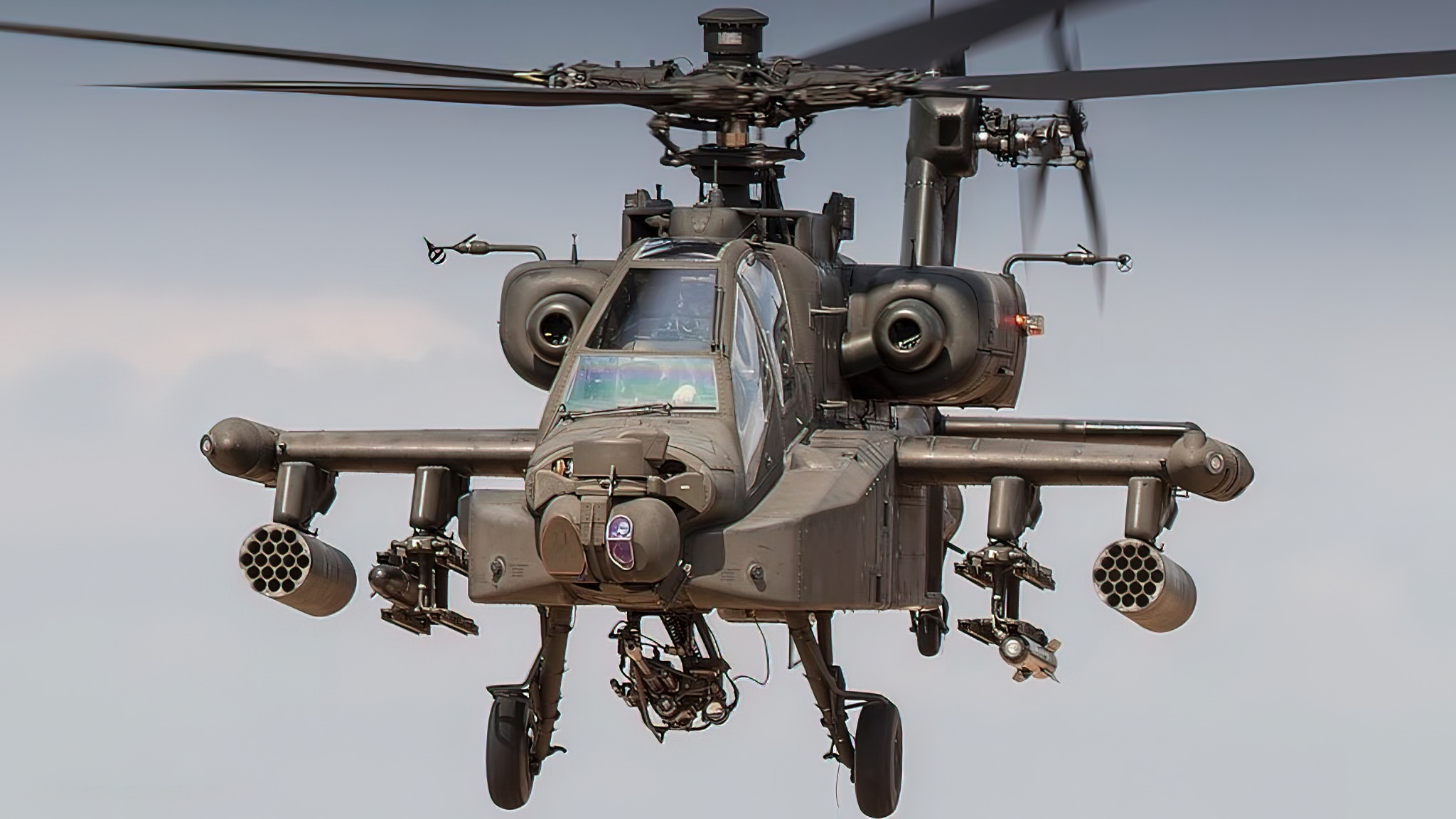
Sukhoi Su-33
The Sukhoi Su-33 was designed to improve on the already formidable Su-27 and was intended for maritime missions. It has folding wings, updated engines, and a stronger undercarriage, and it can be refueled in the air.
While the Su-33 was formally introduced into service in 1998, it was first utilized in military actions three years earlier aboard Admiral Kuznetsov in the Mediterranean Sea. In 2015, Russia utilized the fighter plane in its military operation in Syria. Only 24 were ever built due to the Soviet Union’s demise and the Russian Navy’s downsizing.
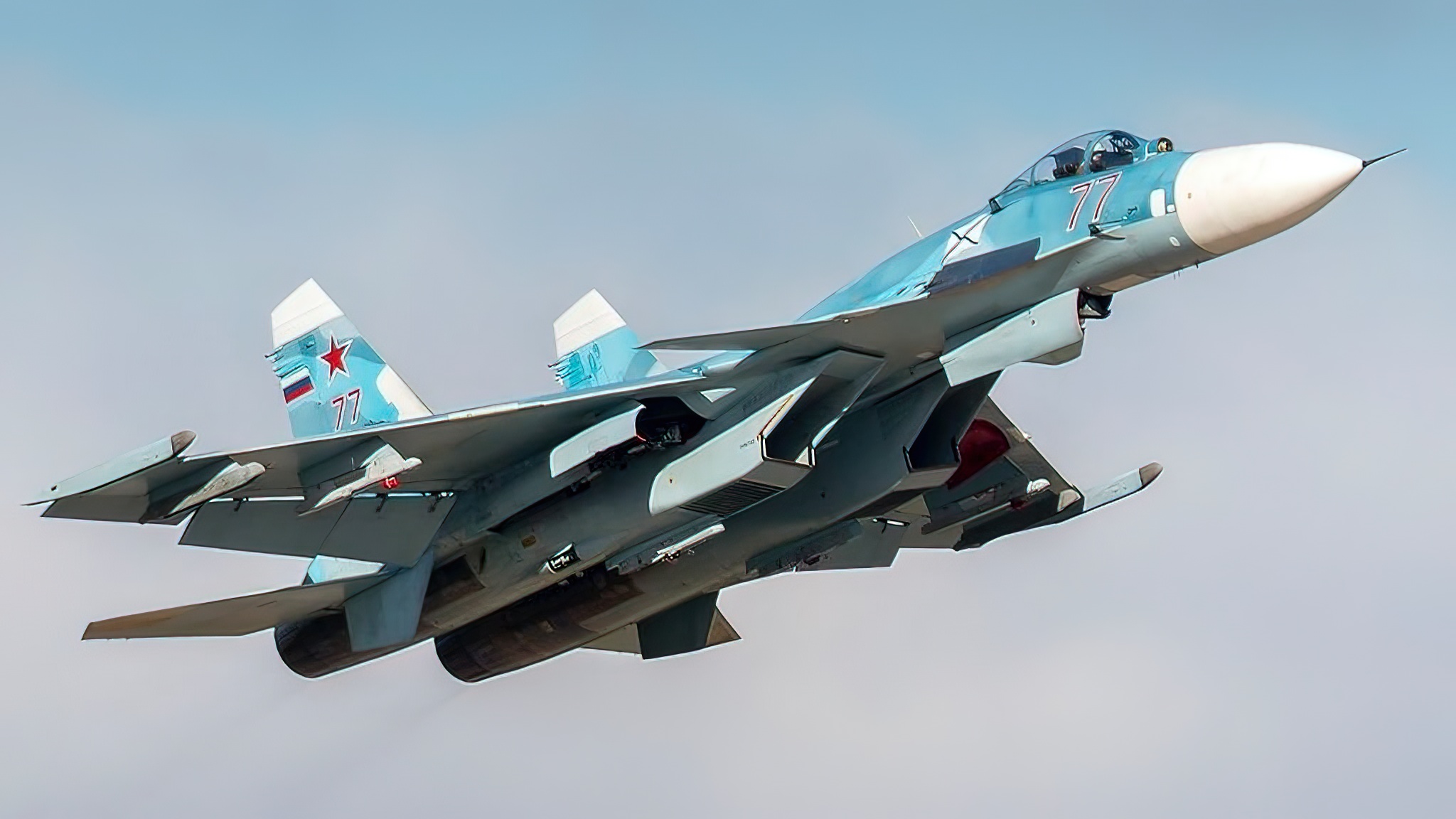
The Su-33s were said to have used 500 kilograms (1,100 lb) precise bombs. After attempting to land aboard the ship, a Su-33 crashed into the sea on December 3, 2016. In favorable weather, the plane crashed on its second attempt to land on the aircraft carrier. A search and rescue chopper safely recovered the pilot.
Initially, it was assumed that the plane had missed the wires and failed to go around, falling short of the warship’s bow, but it was later revealed that the arresting cable had failed to retain the aircraft and had been destroyed in the effort. Following the two incidents, the air wing was moved to Khmeimim Air Base near Latakia, Syria, to continue combat operations while the carrier’s arresting gear was repaired.
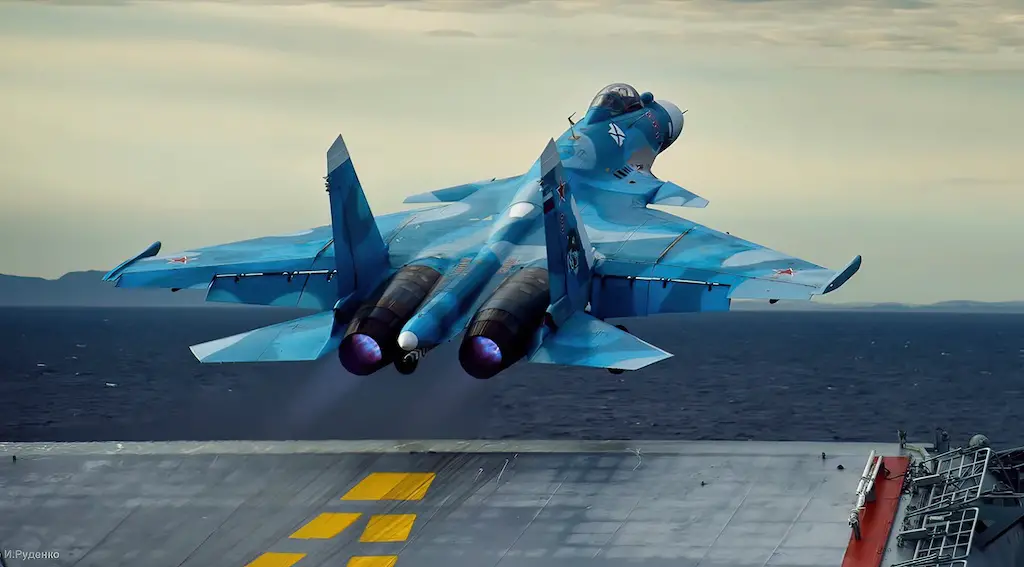
Following the two incidents, the air wing was transferred to shore at Khmeimim Air Base near Latakia, Syria, to continue military operations while the carrier’s arresting gear issues were addressed.
Mikoyan-Gurevich MiG-21
The MiG-21, also known as the AK-47 of aviation, first flew in 1956 and has continued to serve as a frontline fighter with various air forces across the world for the past 61 years. Developed in the Soviet Union as a low-cost, highly exportable supersonic fighter, it collided with American planes over Vietnam and afterward flew with forces from several Asian and Eastern European countries.
The MiG-21 F was purposefully designed to be simple and cheap to produce. Its modest cost was aided by the lack of any form of long-range radar or long-range guided missile capability. It may be mass-produced in vast quantities due to its simple design and inexpensive cost.
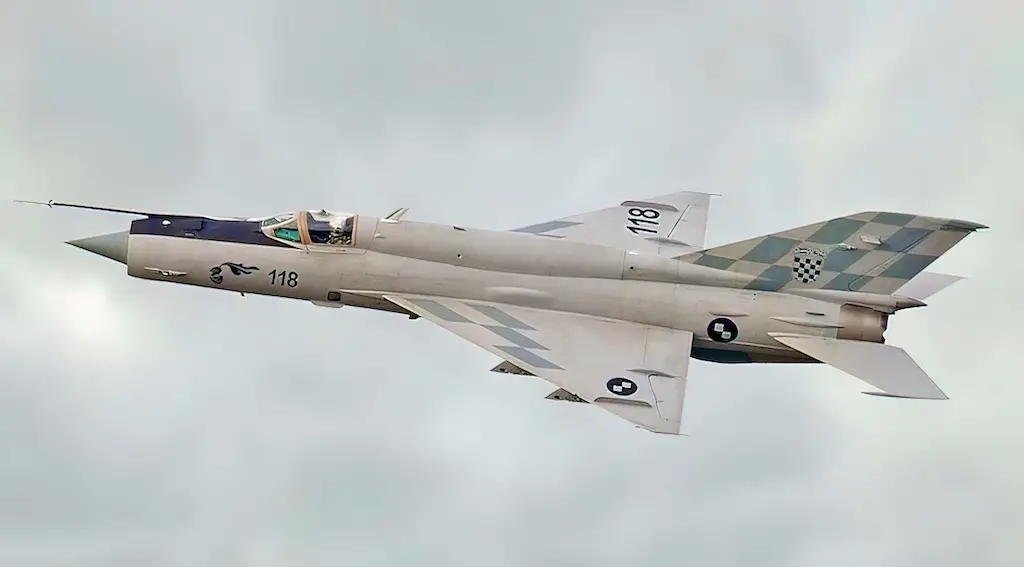
During its decades in the sky, the supersonic fighter and interceptor has become an absolute workhorse, being flown by around 60 countries and justifiably earning its status as one of the most hazardous aircraft of all time. It’s also the most-manufactured combat aircraft since the Korean War and the most-produced supersonic jet in aviation history, with approximately 11,500 constructed.
The Soviet-made MiG-21 has flown in a number of significant conflicts, including the Vietnam War, the 1971 Indo-Pakistani War, and the Kargil War, with many drawn to its basic design, particularly in terms of controls and avionics. While no MiG 21s were made after 1985, the aircraft is still in use in several countries today.
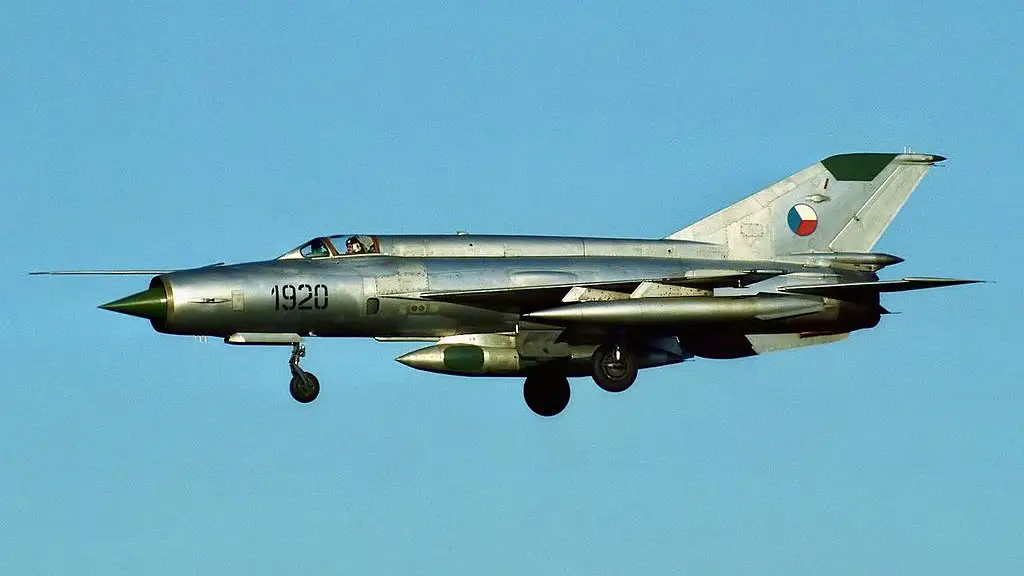
Shenyang J-16
The Shenyang J-16 fighter was based on the J-11BS, which itself was based on the Soviet Flanker. In the 1990s, the Chinese government purchased a number of Soviet aircraft and planned to develop something similar. The jet, which has been in service since 2015, was designed for modern warfare, with a lighter weight and radar-absorbent paint.
It is a more advanced model with ground assault capability. Its capabilities are broadly comparable to those of the American F-15E. The J-16 entered production in 2012. Since 2013, this aircraft has been in service with the People’s Liberation Army Air Force (PLAAF). The J-16 is still being built, and more than 128 J-16s were in PLAAF service in 2019.
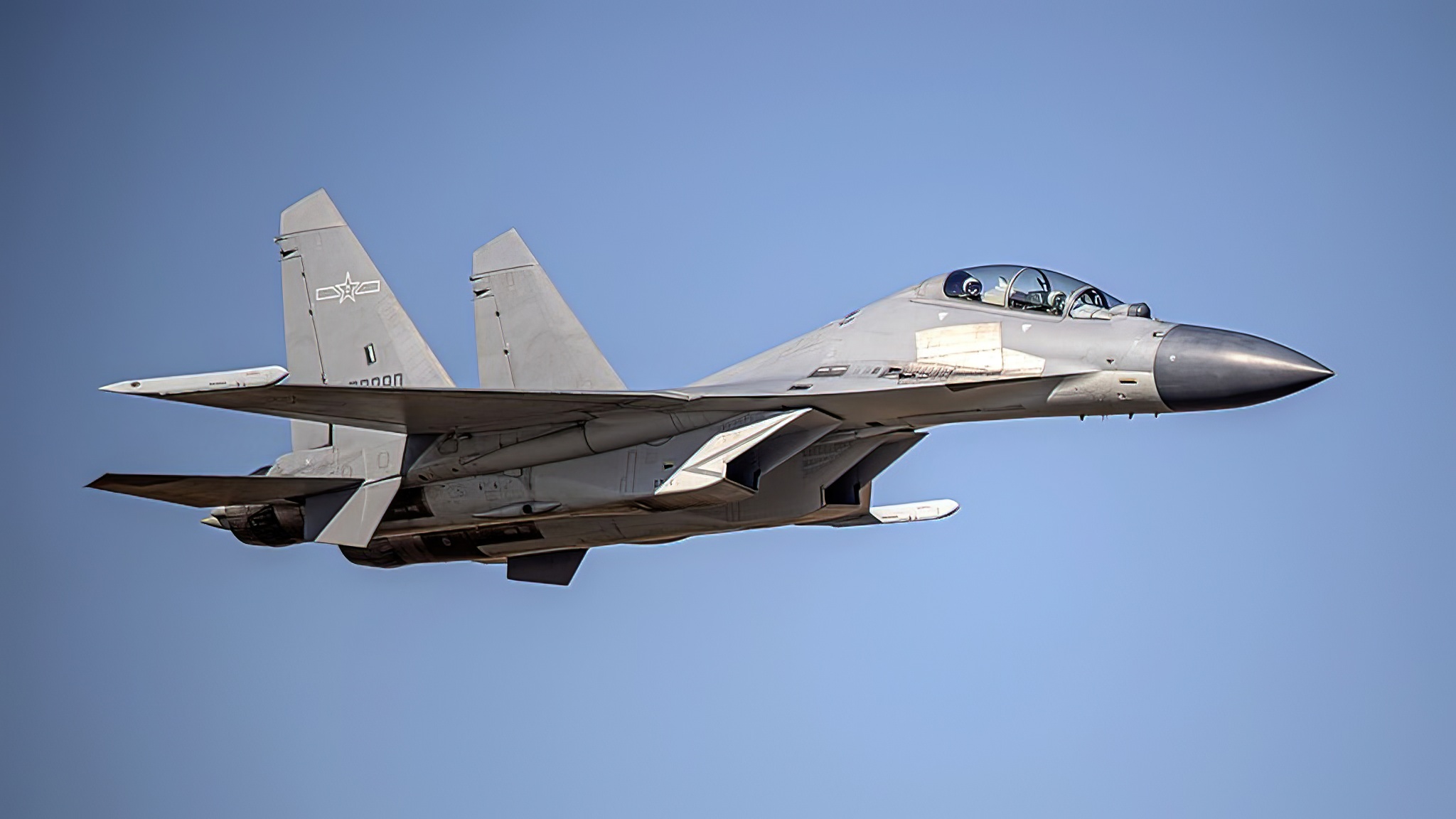
The Chinese military has been looking for an offensive-defensive multi-role aircraft, and the JH-7 has been designated as its close air support aircraft. However, the JH-7 lacked radar-guided air-to-air missiles, making it susceptible to other fighters in the region, such as the F-16.
Shenyang Aircraft Corporation manufactures the J-16. It was based on the Russian-supplied Su-30MKK and the J-11BS (a twin-seat combat competent trainer version of the J-11). The J-16 features upgraded avionics and are powered by Chinese WS-10B engines.
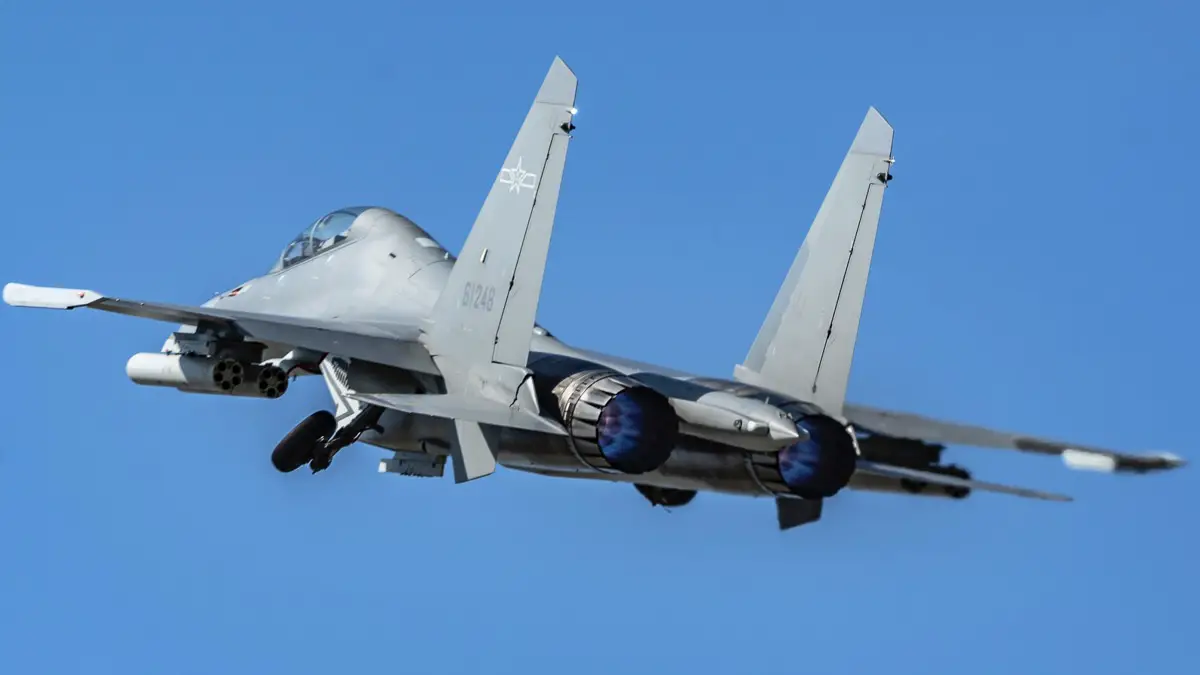
Boeing B-29 Superfortress
Boeing created the B-29 Superfortress in the early 1940s, having been prioritized for use during WWII. The enormous bomber was designed to dump bombs, but it was also adept in the low-altitude incendiary bombing. The aircraft’s engines caused a fire initially, but this was eventually addressed, allowing the B-29 to enter duty on time.
When the Enola Gay and Bockscar dropped the atomic bombs on Hiroshima and Nagasaki in August 1945, the bomber established itself as one of history’s most destructive aircraft. The bomber served throughout the Korean War before being withdrawn in 1960. There are only 26 left today, with only two considered airworthy.
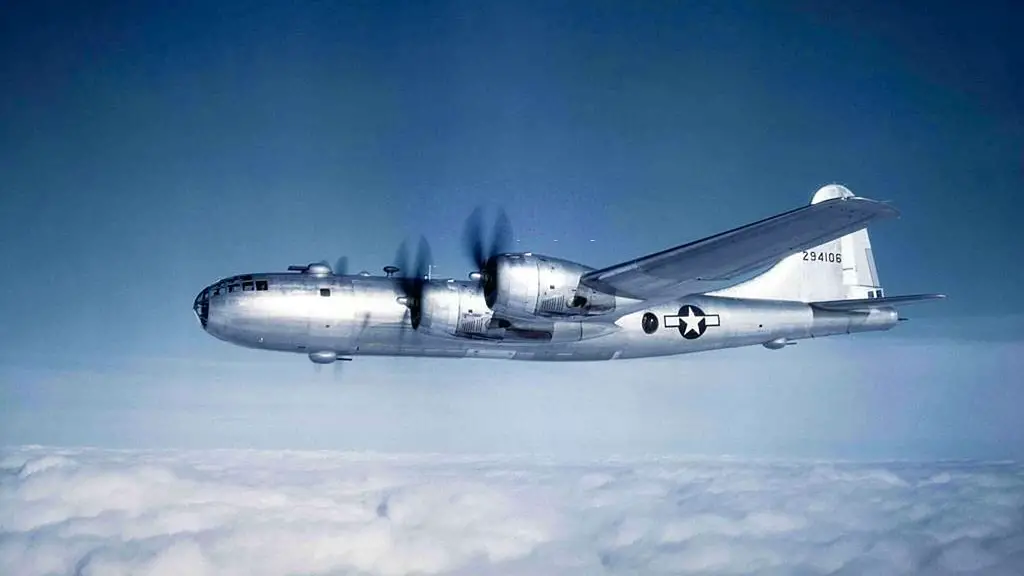
It should be regarded archaic by today’s standards, yet at the time, it represented a significant leap forward in technology. In truth, the engines and avionics on the B-29 were at the cutting edge of aviation technology. It was also the most sophisticated airplane in the world when it was first designed.
The B-29 was designed from the start to be the first bomber to carry a ground-mapping radar. A ground mapping radar can distinguish between land and water, helping navigators to locate the target region in coastal cities. One B-29 out of every four had an APR-4 radar intercept receiver and an extra crewman to operate it. The B-29 was able to collect radiation from the enemy’s searchlight radars and gun-laying sets thanks to this radar. As a result, these threads were able to be identified and mapped.
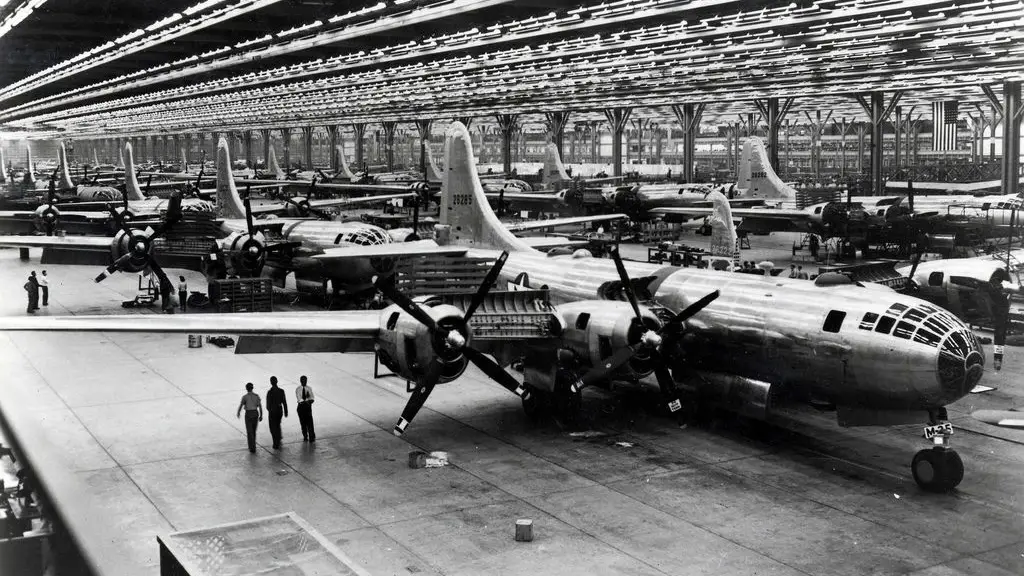
Lockheed AC-130
Aircraft typically have two names: one assigned by the manufacturer and one assigned by the service. The AC-130, for example, has gone under various names over the years, including Spectre, Spooky, Stinger II, Ghostrider, and the most ferocious of all, Angel of Death.
Throughout the decades of conflict in which the United States was involved, the aircraft struck terror into the hearts of its enemies while providing relief to American soldiers. The jet possesses so much firepower that it would be dangerous to fire all of its guns at once since the recoil could damage the airframe. Overkill in its purest form.
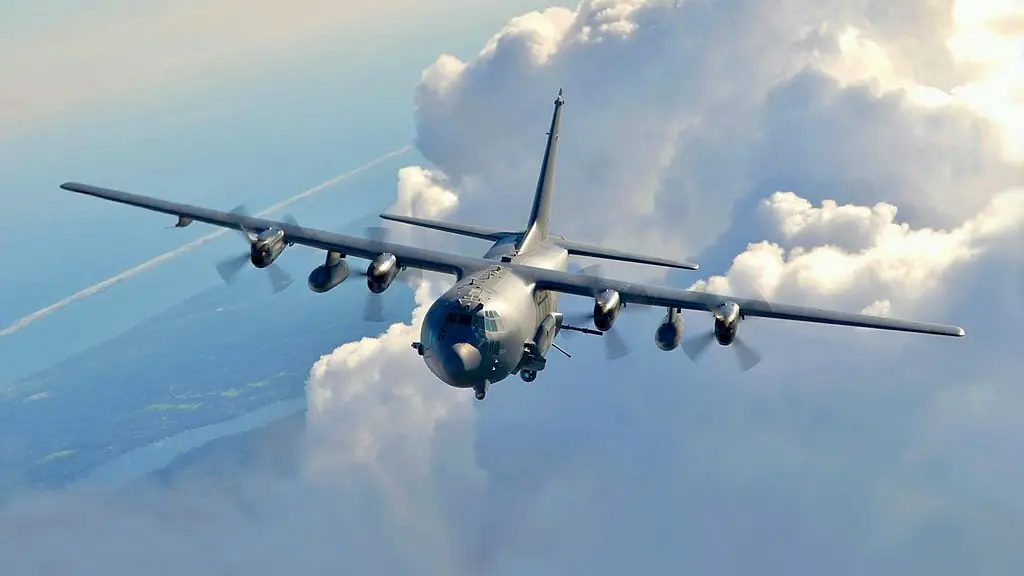
The AC-130J Ghostrider is the most recent version of the Angel of Death, powered by four 4,700 Shaft horsepower Rolls-Royce AE 2100D3 engines. It has a top speed of 300 miles per hour, a range of 2,500 miles, and a maximum takeoff weight of 155,000 pounds.
But these figures are only for nerds! What we truly want to know is how powerful this beast is. The AC-130J Ghostrider is outfitted with a 30 mm ATK GAU-23/A autocannon, a 105 mm M102 howitzer, a ‘Gunslinger’ weapons system with a launch tube for AGM-176 Griffin missiles, and/or GBU-44/B Viper Strike munitions, and wing-mounted, AGM-114 Hellfire missiles, GBU-39 Small Diameter Bombs (SDBs), and/or GBU-53/B SDB II.
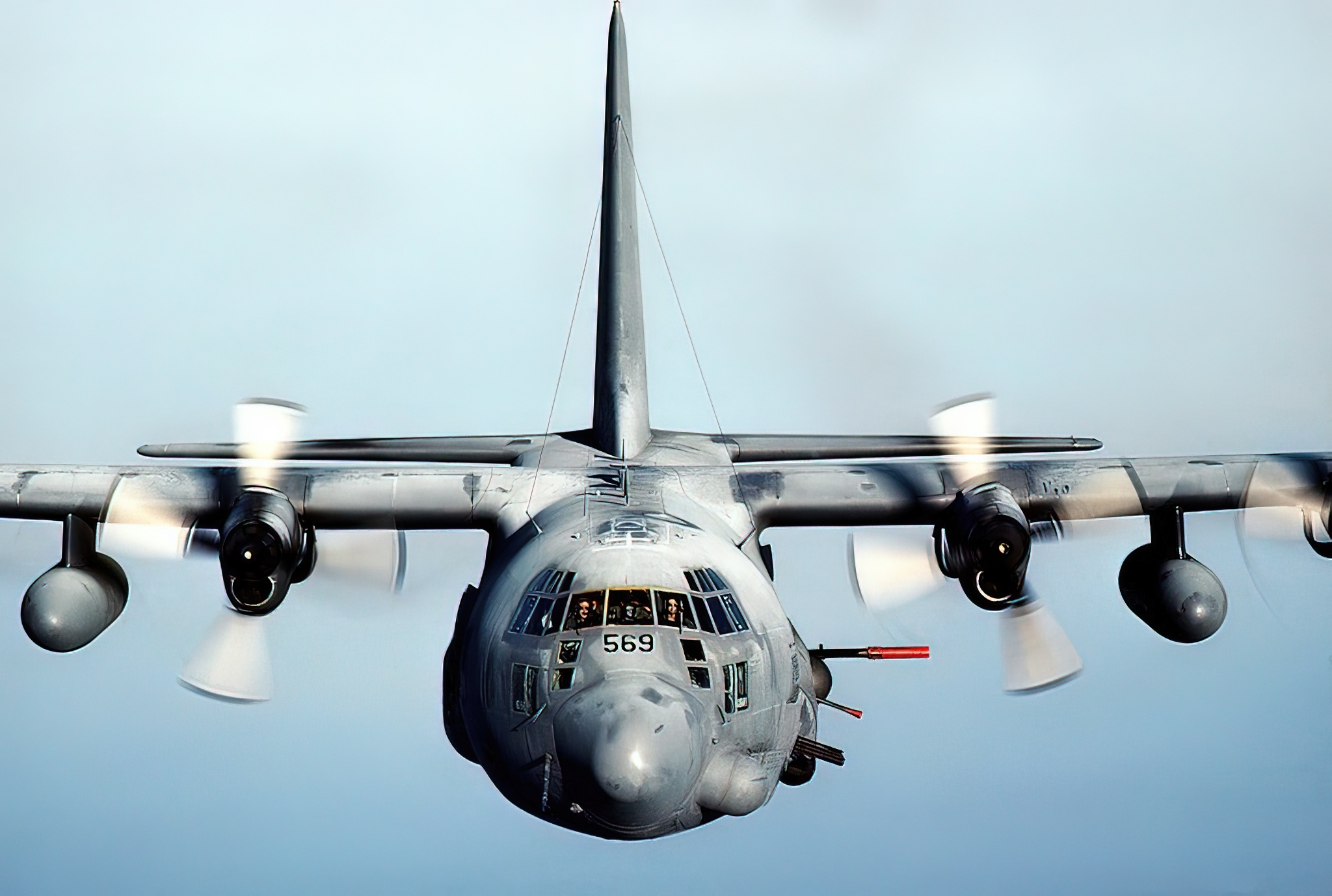
As previously said, this level of firepower is not without its drawbacks. The crew normally avoids firing both guns at the same time since the recoil puts a lot of strain on the fuselage. Furthermore, because the weapons are positioned on the aircraft’s left side, the recoil may push the aircraft to the right, forcing the pilot to adjust by steering to the left. That technically makes the gunner a pilot since they’re also controlling the aircraft!
Fokker Eindecker
The Fokker Eindecker was the first truly deadly airplane to fly. It was designed by Dutch engineer Anthony Fokker, who outfitted the monoplane with a Parabellum MG 14 that could easily shoot out opposing aircraft due to the adoption of the first-ever synchronization gear. This innovation enabled the pilot to fire their machine gun without fear of the rounds striking the aircraft’s blades.
Fokker’s E-series fighter is one of the most iconic aircraft of World War I, with its mid-wing monoplane design and distinctive comma tail. The Fokker E.III Eindecker (“single wing”) merits a place in aviation history. Not just for its aerial prowess but also for being the world’s first combat aircraft to be armed with a forward-firing, fixed machine gun synchronized to fire between the propeller blades. Only 150 E.IIIs were constructed, but the design transformed aerial combat and served as a framework for the development of long-lasting fighter tactics and unit organization.
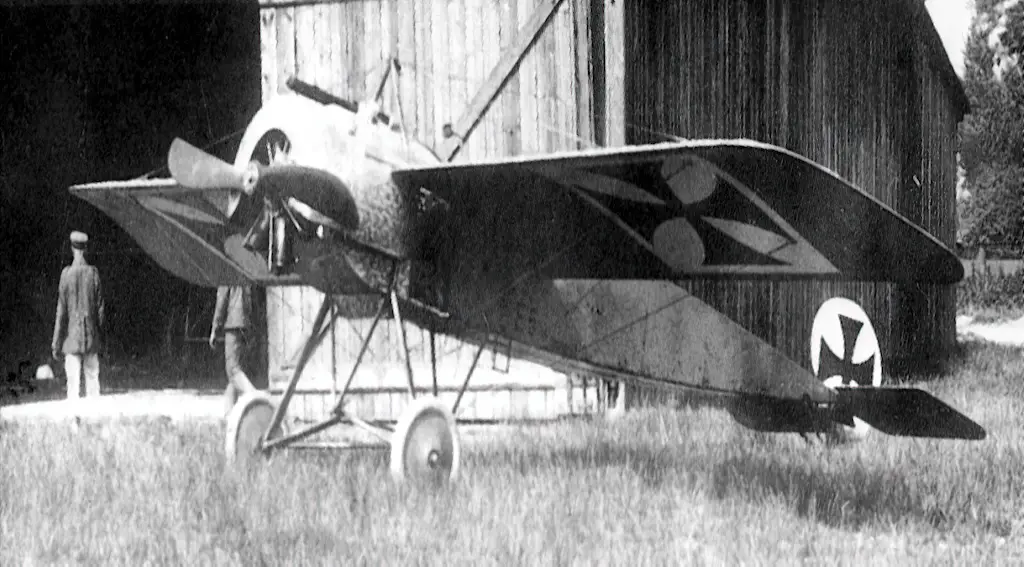
The Eindecker’s armament was a single 7.92mm Maschinengewehr (MG) 08/15 machine gun. This gun was sometimes referred to as “Spandau,” after the armory where much of Germany’s small arms development and production took place.
German aviators ruled the skies in 1915, and the Eindecker was vastly superior to the aircraft flown against them. Historians eventually dubbed this time of supremacy the “Fokker Scourge.” It didn’t last long, though, for, by 1916, both the British and the French had produced their own monoplanes, the Airco DH.2 and the Nieuport 11.
